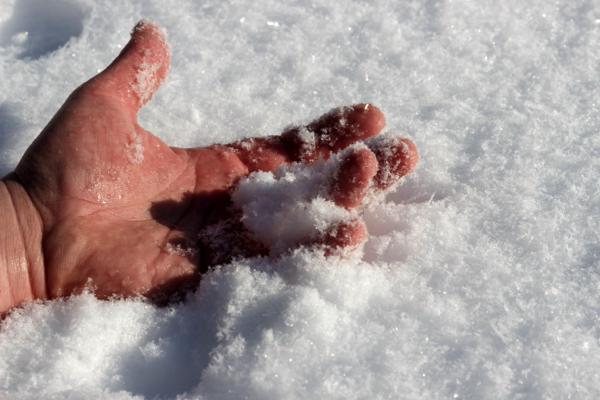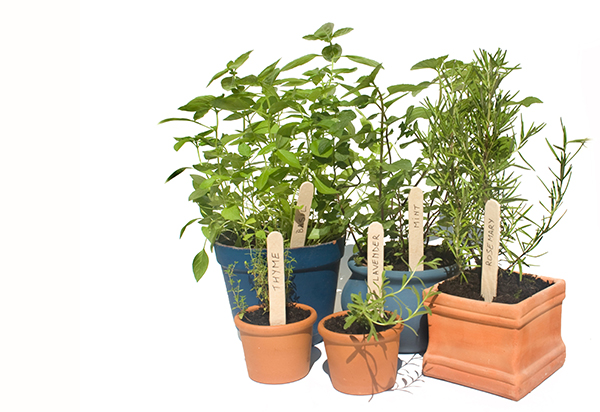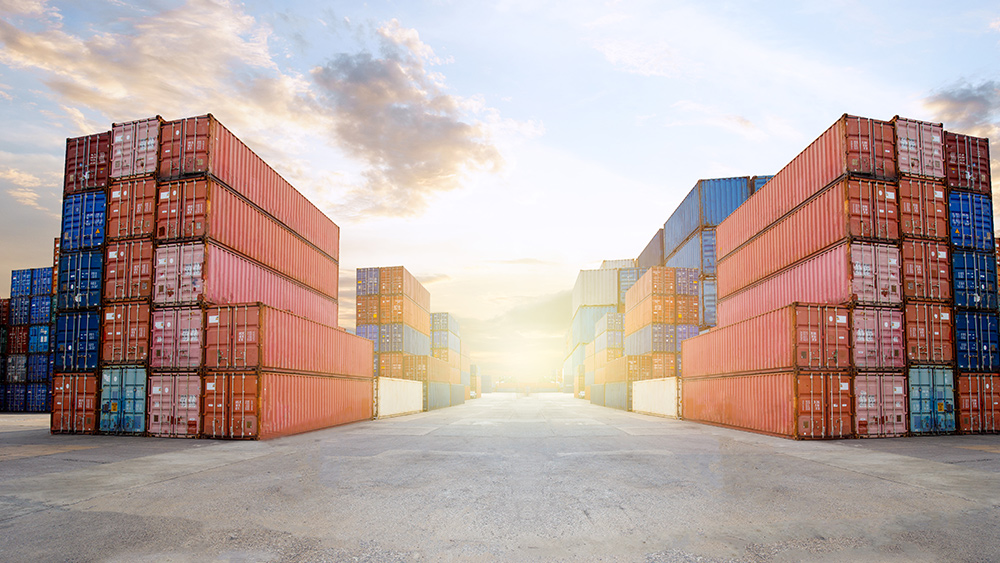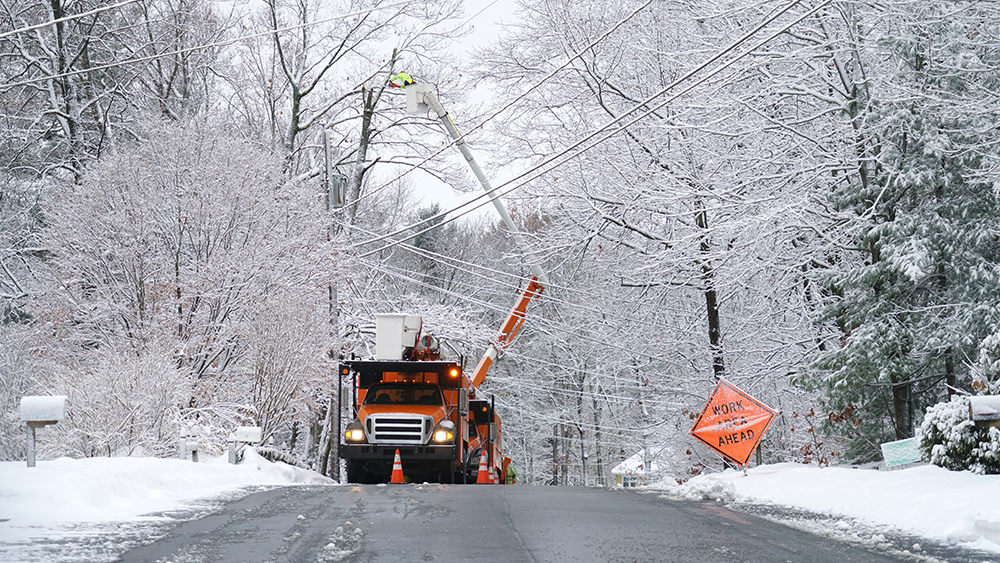Sensible prepper rules to follow when building your emergency stockpile
02/27/2024 / By Olivia Cook

General preparedness is a regular activity for preppers who are used to doing things by themselves to stay healthy, survive and thrive.
Here are some sensible or “sane prepper rules” on stockpiling delicious and nutritious food for long-term storage, plus water, medicines, tools, gear and other essentials – without burning a hole in your pocket.
Feel free to add what is not on this list using what you have learned from your experience and those of others.
Start small, then grow
To even a seasoned prepper, stockpiling emergency survival essentials is a “logistical nightmare” in terms of budget and storage space.
Preparedness is all about the willingness to start and all you may need is about 30 minutes a day and around $20 a week to build a survival stash for you and your family. Over time, you’ll have a nice stockpile that will give you peace of mind and all it takes is a bit of practice and general knowledge. (Related: Protect yourself against food shortages with these useful prepping practices.)
Learn how others have done their prepping with these invaluable reading resources, i.e., preparing on a budget and urban prepping.
Stock up on essentials, use and replenish
Consider your situation to have the right supplies, equipment and supplies on hand – not what you like or purely optional nice-to-haves.
Consider these categories in your checklist and start building from there:
Food: Purchase and keep stocking extras of food items that you and your family eat that will meet everyone’s calorie and nutritional requirements (budget permitting). These include easy-to-prepare meals (lifeboat emergency food rations, Meals Ready-to-Eat or MREs), non-perishable or shelf-stable and storable food, comfort foods, herbs and spices, and others. Include food storage (Mylar bags, food grade buckets) and canning/preservation supplies (canning bottles/containers, oxygen absorbers). (Related: How to keep food on the table during GLOBAL famine.)
Clean water: Make a list of each household member’s daily water requirements (including your pets) – to stay hydrated and do your oral and personal hygiene. Add supplemental water requirements to your list – to cook your food, wash your clothes and other personal items, clean your home, water your garden plants, and so on. Include an assortment of water filters and purifiers and water containers (portable water bricks) and an assortment of water purifiers. (Related: Water supply and prepping: Emergency water solutions when your supply runs out.)
Medicine: What you need to assemble: OTCs (including antibiotics), alternative medicines (e.g., homemade essential oils, salves and other herbal medications, medical supplies band-aids, bandages, gauze, medical tape, pressure dressings, splints, tourniquets and customized first aid kits) for each member of the daily, including your dog; for your car.
Don’t buy off-the-shelf kits because nearly 98 percent of them are not worth buying. Build your own custom first aid kits. Have the know-how and skill to make effective life-saving use of your medical supplies and equipment. Make sure you learn basic first aid and essential trauma care.
Heating and lighting: Purchase quality headlamps and other types of torches with multiple charging options, a good supply of batteries and other reliable sources of emergency power and heating equipment that you can depend on. Learn how to make a “lights out” box (power outage kit).
Communication: Being able to communicate in a natural disaster, civil unrest, or any other emergency is critical – especially when the grid is down. Learn various ways to communicate with the outside even without your phone or the Internet.
Long-term survival tools and gear: Slowly build your stash of tools and gear for auto repair, building and carpentry repairs, cooking and household, electrical repairs, farming/fencing/livestock, multi-use tools, plumbing repairs, your self-defense gear and equipment and other non-electric, EMP-proof devices. Learn about other essential SHTF gear as well.
Hygiene and sanitation supplies: Learn how to deal with survival hygiene and sanitation.
Barter items: Learn about safe bartering and what you can barter or trade. Without sacrificing anything from your stockpile get something in return. Take note that you can use your expertise, services and skills, i.e., first aid skills, baking, canning, cooking, home repair, sewing and woodworking, etc.
Have a solid support system in place
John Donne’s famous pronouncement, “No man is an island,” tells us how important it is to have a support system in place in our lives to increase our chances of survival and overall well-being in challenging times. (Related: No man is an island: The benefits of helping your community learn how to prep before SHTF.)
Foster relationships, establish trust and have regular communication with family and friends and build a network of like-minded individuals who are ready to face any emergency with you. (Related: What you and your community need to do within the first 90 days of a catastrophic collapse.)
Learn about situational awareness and the art of survival in these uncertain times.
Visit the Health Ranger Store for the prepper essentials you may need and Preparedness.news for tips on building your survival stash.
Watch this video about prepping for beginners.
This video is from the Modern Survival channel on Brighteon.com.
More related stories:
More people are DISASTER PREPPING these days than perhaps ever before, says WSJ.
Prepping tips: How to prepare a food storage starter kit.
Food storage tips: How to protect your food supply from bugs and pests.
Prepping basics: A 10-item checklist for beginner preppers.
Sources include:
Submit a correction >>
Tagged Under:
emergency stockpile, food supply, Gear, how-to, off grid, preparedness, Preppers, prepping, prepping tips, self-reliance, SHTF, survival, survival gear, survival stash
This article may contain statements that reflect the opinion of the author
RECENT NEWS & ARTICLES
COPYRIGHT © 2017 OFFGRID NEWS




















